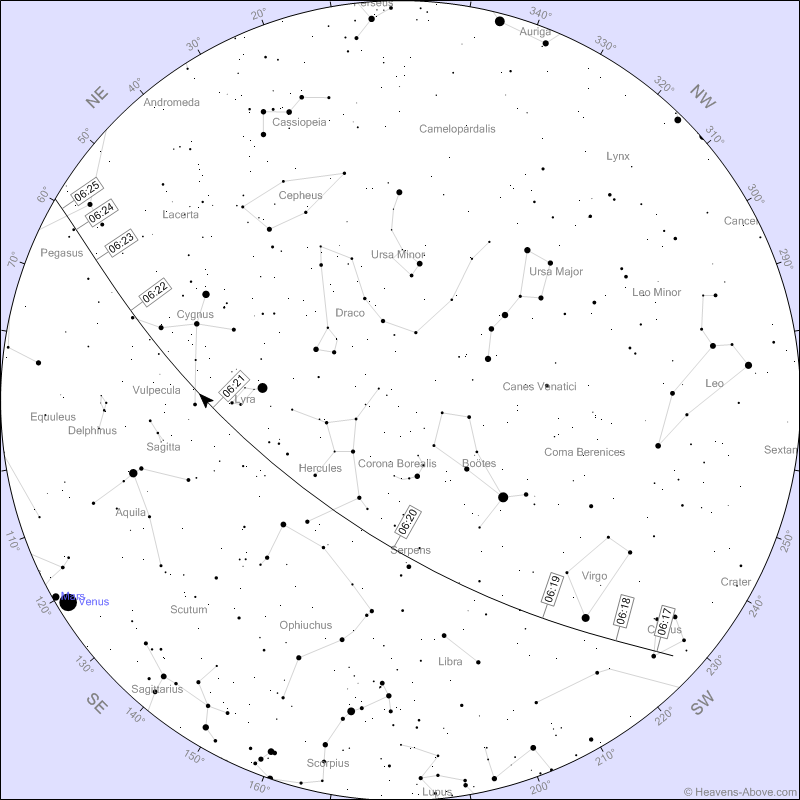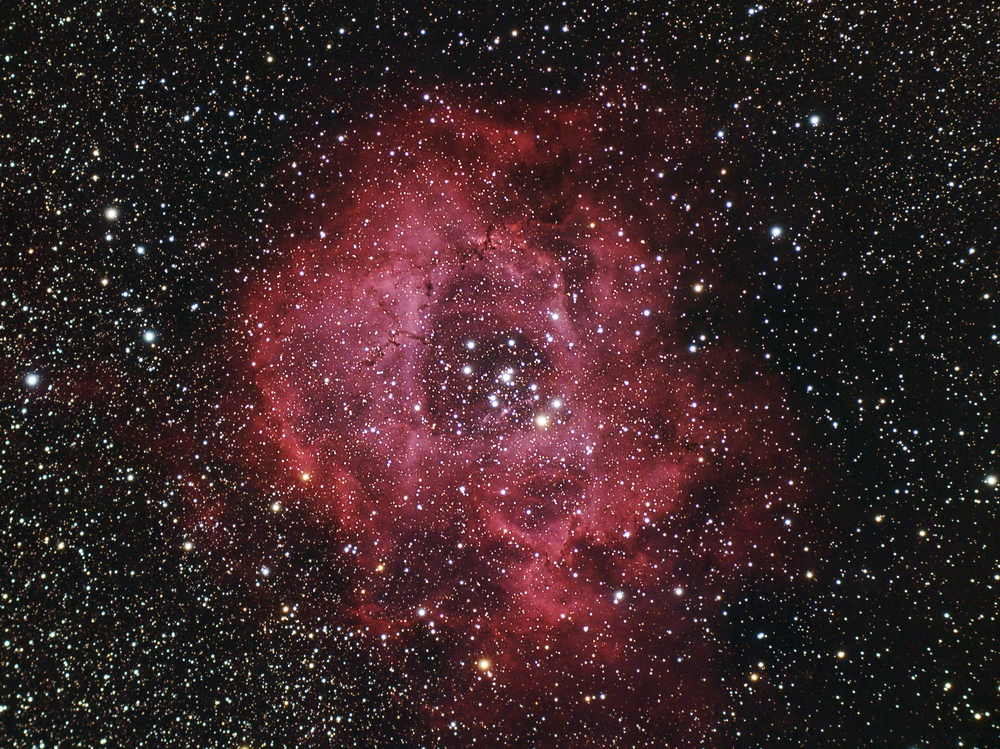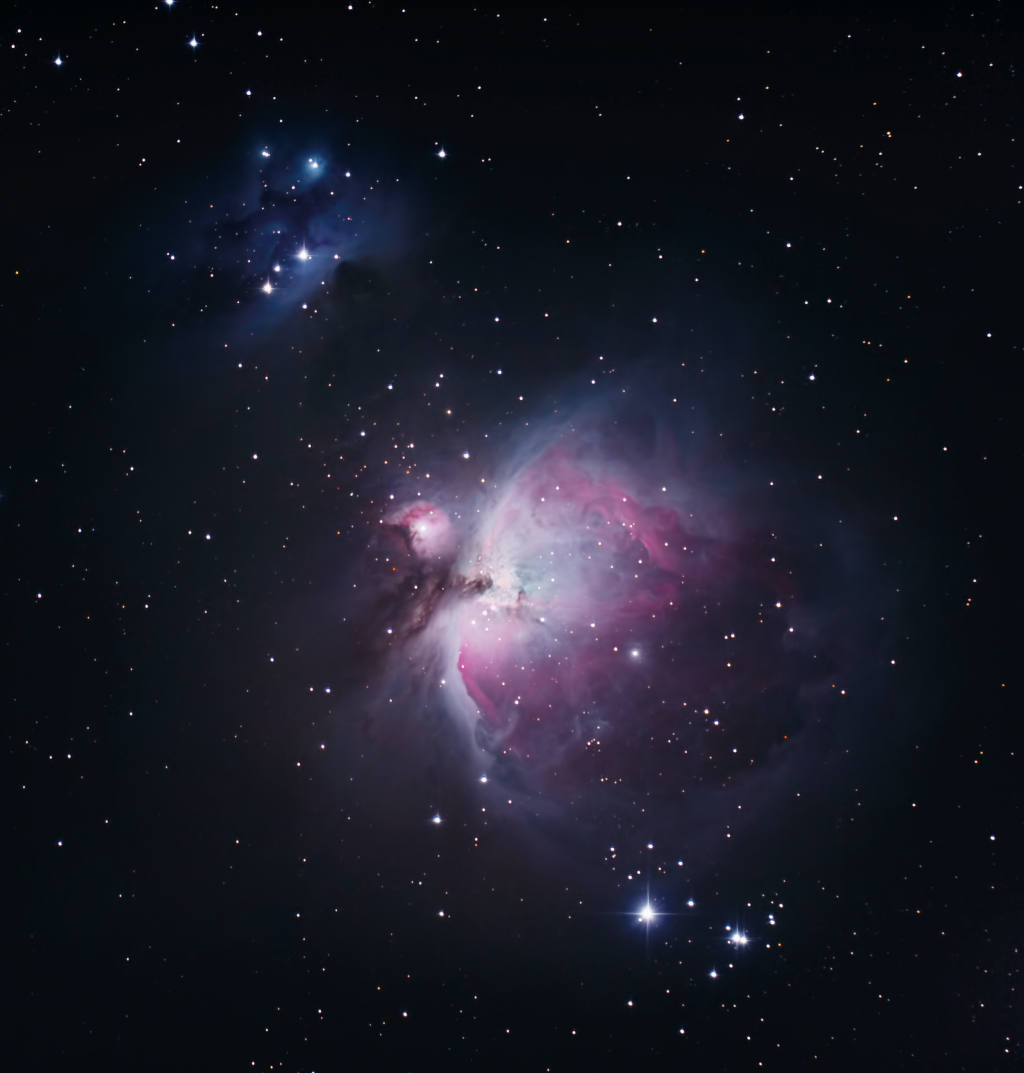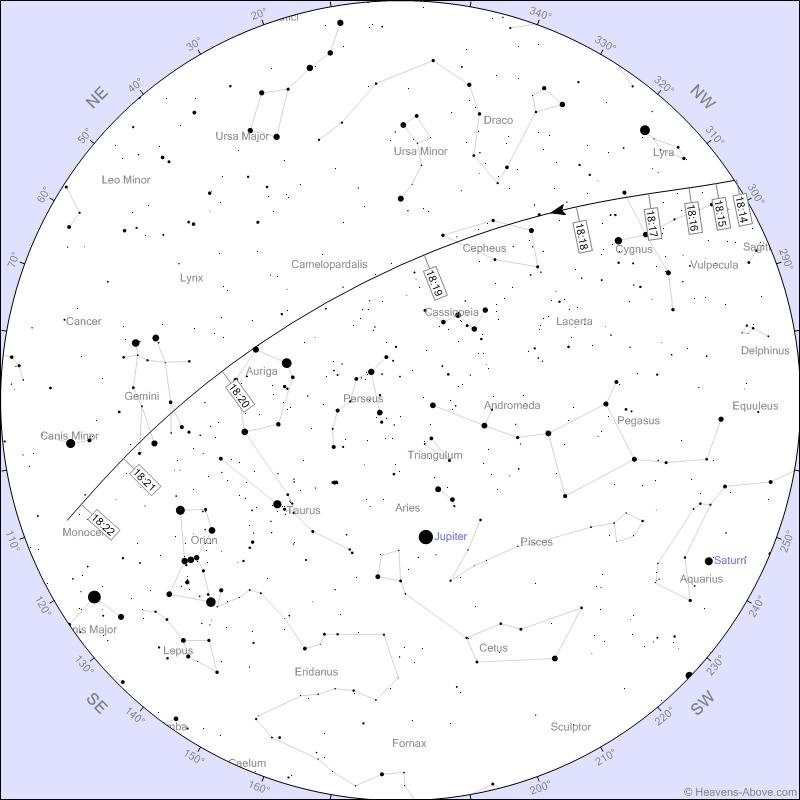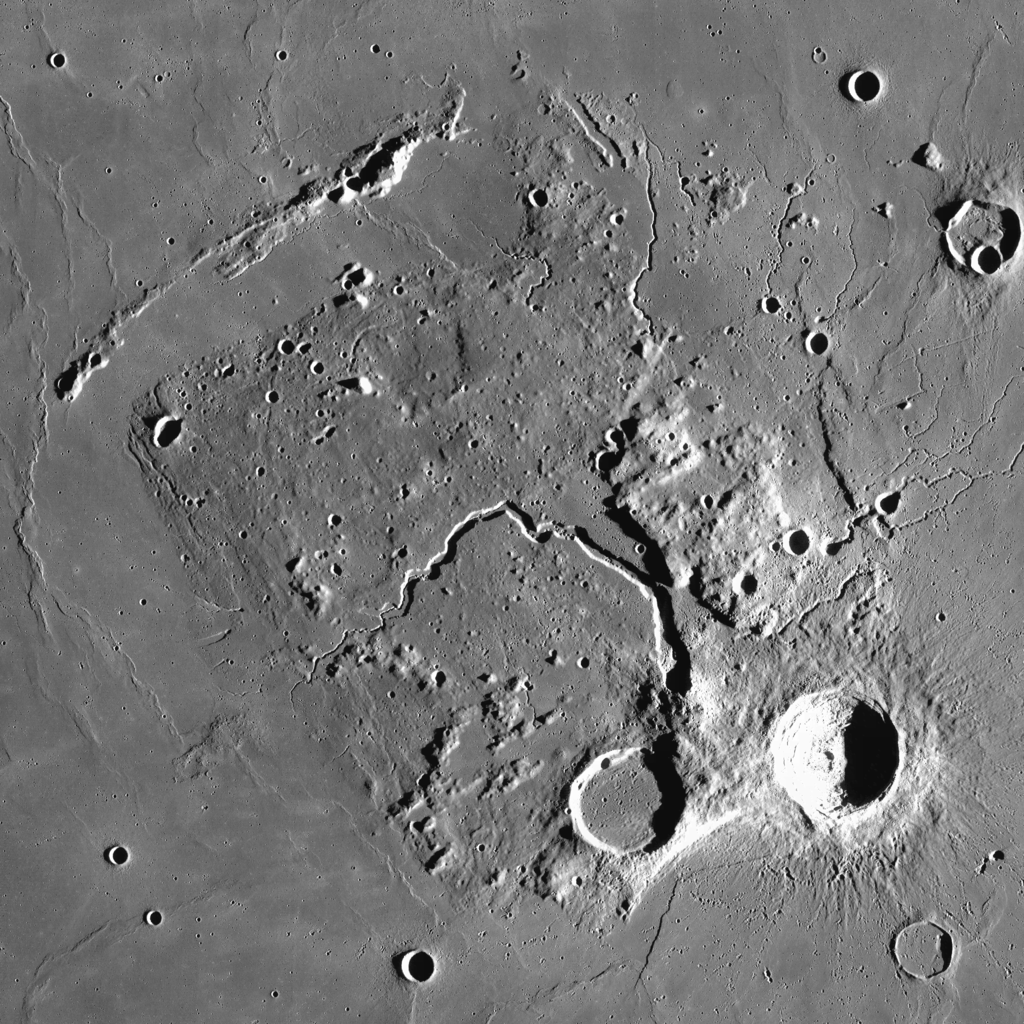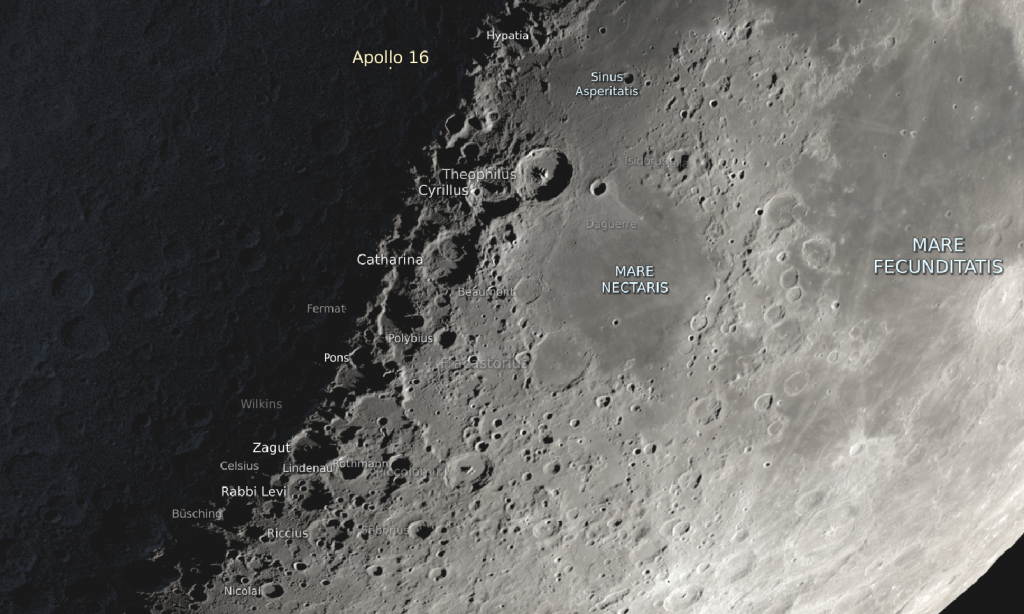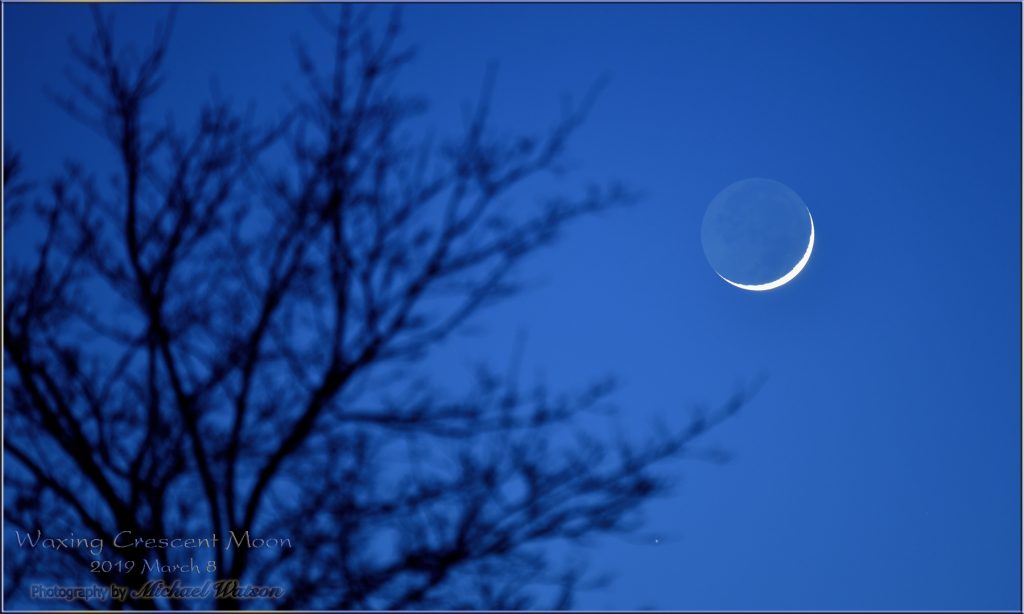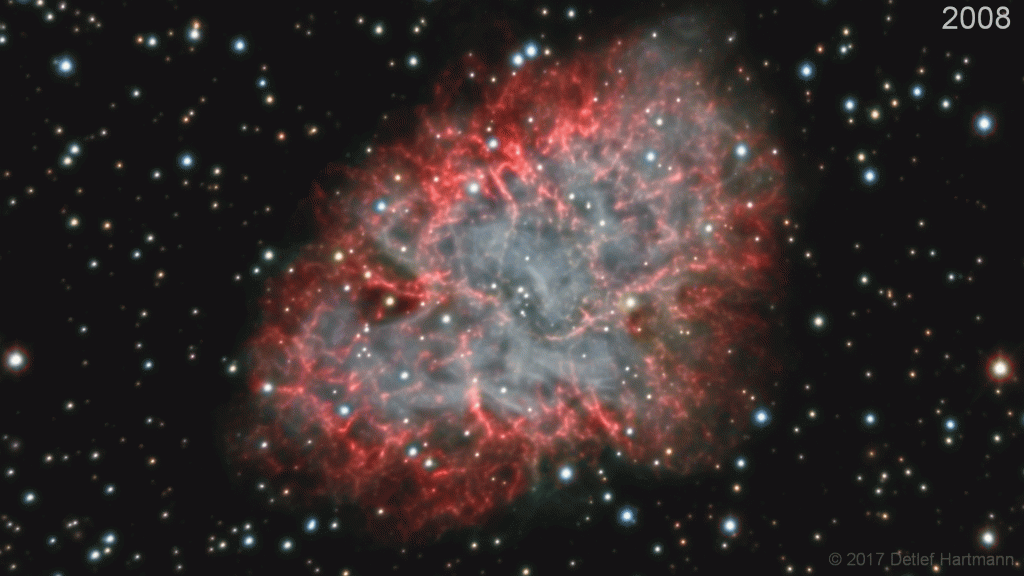Greater Toronto Area Space Station Flyovers for the week of February 11th, 2024
As shown above, on Saturday, February 17, 2024 from 6:17 to 6:23 am EST, the International Space Station will be visible flying high overhead of the GTA in an extremely bright pass, exiting Earth’s shadow above the southwestern horizon and passing through the Summer Triangle stars before setting in the east-northeastern sky. (courtesy: Heavens-above.com) Artificial…
Read more
